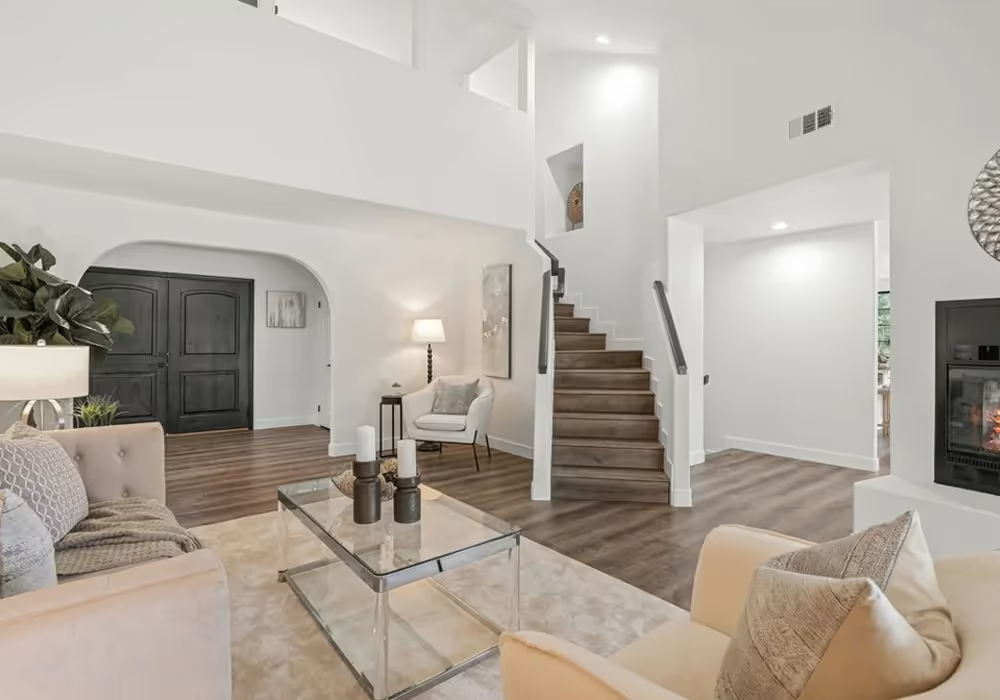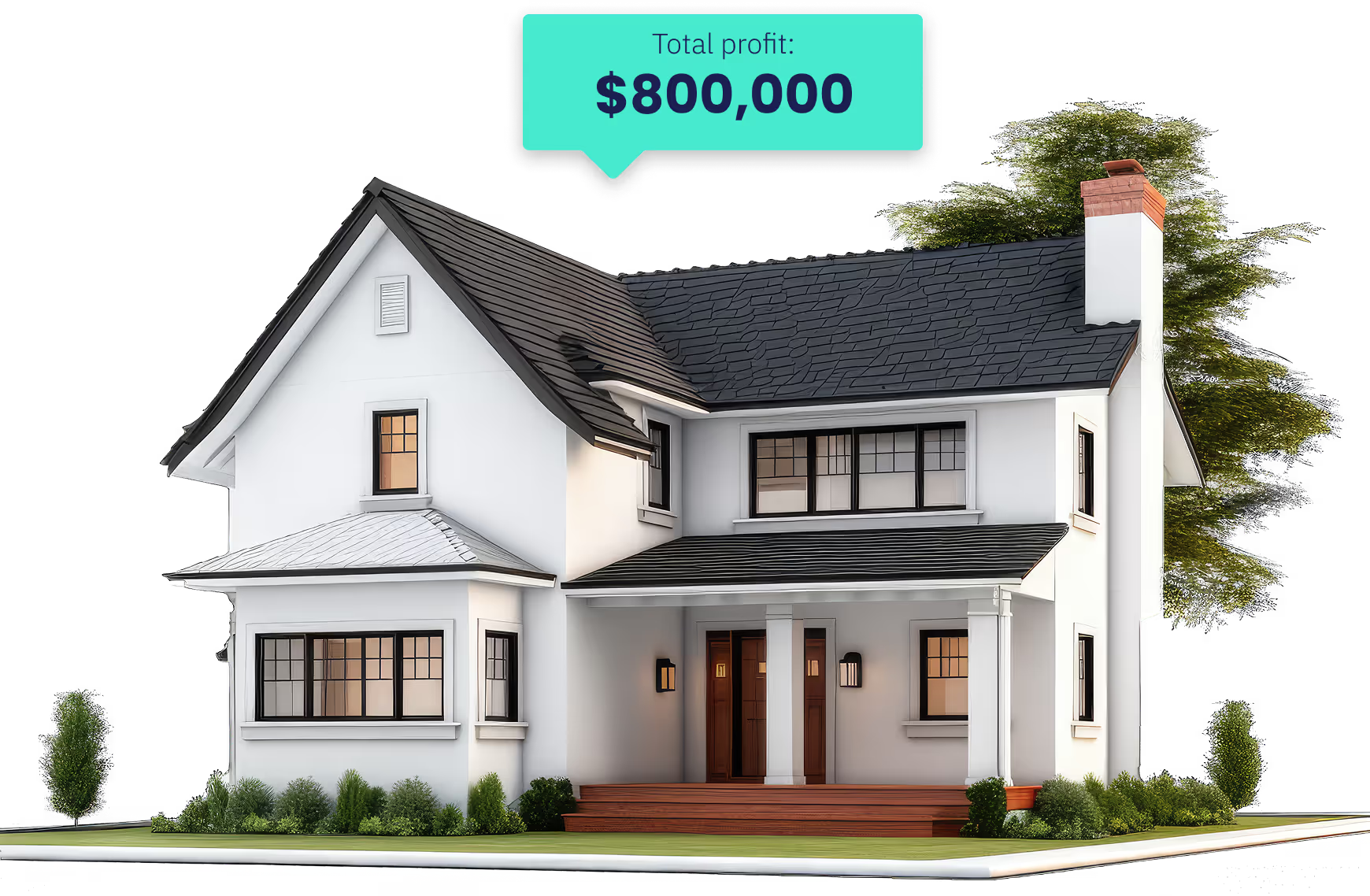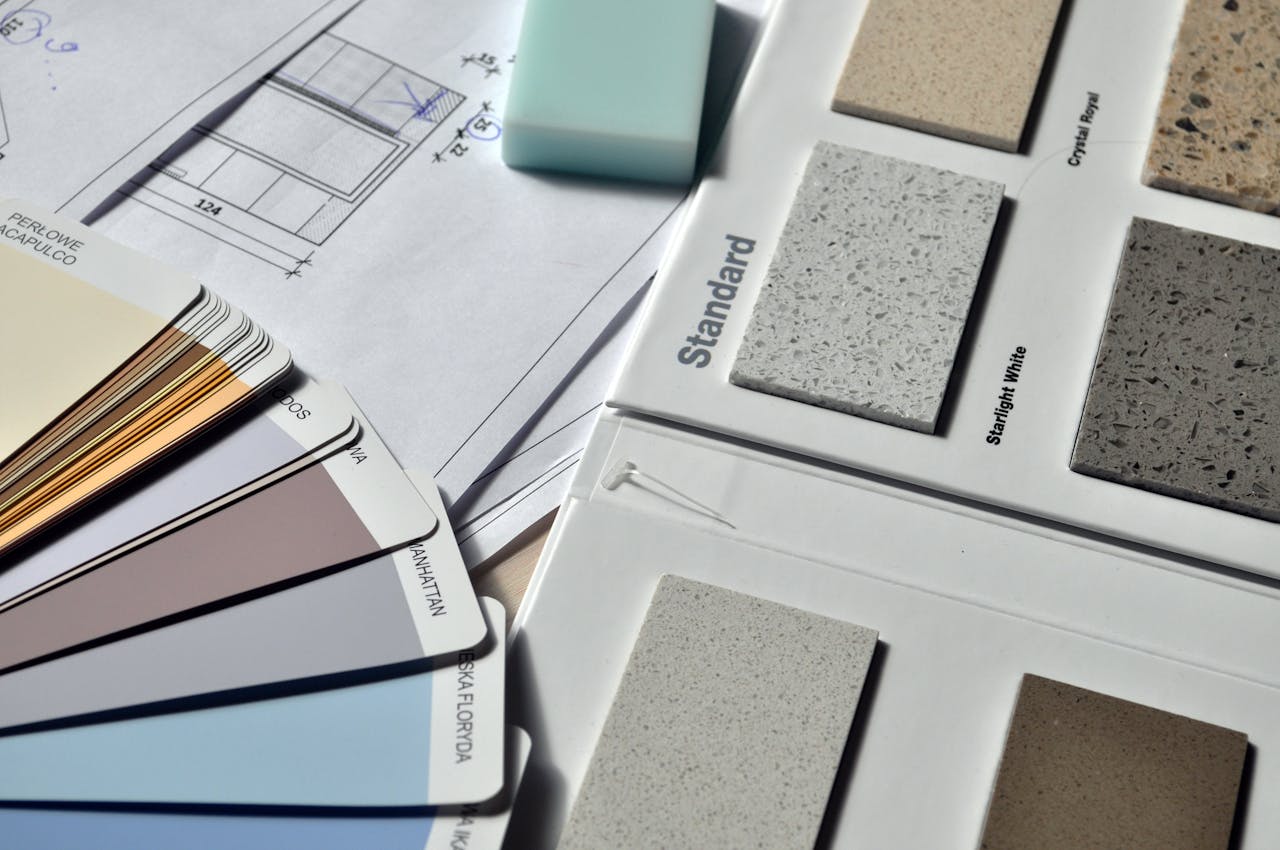How Much Does Interior Paint Increase Home Value?

Refreshing the interior paint of your home is one of the simplest and most cost-effective ways to boost its value and appeal to potential buyers. Unlike painting the exterior of your home, a fresh coat of paint in a room can completely transform its look and feel, making it appear brighter, cleaner, and well-maintained. However, what many homeowners struggle with is understanding just how much value interior painting can add to their property. As an expert in home renovations, we understand the highest ROI items sellers can do before showing their home, and painting is at the top of that list. Let’s explore the real impact of interior painting on home value so you can make the right decision on what to do to your home before hanging that ‘For Sale’ sign.
The Value of Interior Painting
- It enhances your home’s aesthetic appeal: A fresh coat of paint can instantly uplift the appearance of a room, making it look more inviting and appealing to potential buyers. A well-painted interior creates a sense of cleanliness and attention to detail, which can positively influence a buyer's perception of the property.
- It protects and preserves: Quality paint not only enhances the appearance of walls but also serves as a protective barrier against moisture, mildew, and general wear and tear. By regularly painting interior surfaces, you can extend the lifespan of your walls and maintain their integrity.
- It improves your home’s marketability: When it comes time to sell your home, a freshly painted interior can make a significant difference in attracting buyers. A well-maintained and visually appealing property is more likely to generate interest and potentially sell faster than a home that appears neglected or outdated.
- It increases your home’s perceived value: The psychological impact of a freshly painted interior should not be underestimated. Buyers often perceive a well-painted home as being more valuable and better cared for, which can translate into higher perceived value and potentially higher offers.
Choosing the Right Colors
Popular Color Choices
Neutral colors like gray, beige, and white are popular choices for interior painting. Although these colors may seem boring compared to a bold statement wall or a more colorful alternative, neutrals help create a sense of spaciousness and allow potential buyers to envision their own style and decor in the space.
Impact of Colors on Mood
Want to evoke a feeling of calmness or serenity? Try leaning into blues and greens. Maybe the room calls for a different feeling, something more energetic and lively, for that type of energy try opting for warmer tones like reds and yellows. Color psychology can play a big role in how buyers feel and cause them to react in very different ways. Create rooms that naturally invoke the feelings you want buyers to experience in the space.
Color Trends
While neutral colors are generally preferred, it's important to stay up-to-date with current color trends. Consulting with a professional painter or interior designer can provide valuable insights into popular color choices that may appeal that are specific to your home’s style and neighborhood demographics.
Importance of Choosing Neutral Colors
When it comes down to it, the safest option is always opting for neutral colors for the best bet at increasing your home’s perceived value. Neutral tones are more universally appealing and allow buyers to envision their own personal touches in the space.
Factors That Influence Value Increase
Quality of Paint: Using high-quality paint with better coverage and durability will always provide you with another level of quality. Investing in top-tier paint can ensure a longer-lasting finish and better protection for your walls.
Color Choices: As mentioned earlier, choosing the right colors can play a big role in influencing a buyer's perception of your home. Neutral colors tend to have a more universal appeal, while bold or unconventional colors may deter some buyers.
Professional vs. DIY Painting: While DIY painting can be a more cost-effective option, hiring professional painters can help ensure a flawless finish and potentially increase the value of your home. Professional painters often have the expertise and equipment to deliver very clean-looking results.
Condition of Walls: The condition of your walls before painting can also impact the overall value increase. If your walls are in poor condition, with cracks, holes, or extensive damage, addressing these issues before painting is not only important, but a must, for achieving a high-quality finish.
Average Cost of Interior Painting
- Cost per Square Foot: The cost of interior painting can vary based on several factors, but on average, you can expect to pay between $2 and $6 per square foot for professional painting services.
- Cost by Room: The cost can also be calculated based on the size of the room. For example, painting a small bathroom may cost around $200 to $500, while a larger living room can range from $800 to $1,500 or more.
- Cost of Professional Services: Hiring professional painters typically costs more than a DIY project, but the quality of work and potential value increase can make it a worthwhile investment. Professional painters may charge hourly rates or provide a flat fee based on the scope of the project.
- Cost of DIY Painting: If you choose to tackle the painting project yourself, the costs will primarily include the price of paint, supplies (brushes, rollers, drop cloths, etc.), and any necessary wall repairs or preparations.
Preparation and Planning
Step 1: Surface Preparation
Proper surface preparation is critical for achieving a smooth and long-lasting paint finish. This may involve cleaning the walls, repairing any cracks or holes, and applying a primer for optimal adhesion.
Step 2: Tools and Materials Needed
When undertaking a DIY painting project, make sure you have the right tools and materials, like high-quality brushes, rollers, drop cloths, painter's tape, and the appropriate type of paint for your interior surfaces. Look for the right type of paint finish, i.e. satin, matte, semi-gloss, flat, etc.
Step 3: Planning the Project
Carefully plan your painting project by determining the order in which you'll paint each room, scheduling enough time for proper drying between coats, and making arrangements for any necessary furniture or floor covering protection.
Tips for Maximizing Value Increase
Choosing Neutral Colors: As mentioned earlier, opting for neutral colors like shades of gray, beige, or white can have a broad appeal and make it easier for potential buyers to envision their own style in the space.
Hiring Professional Painters: While it may cost more initially, hiring professional painters can ensure a flawless finish, which can significantly increase the perceived value of your home in the eyes of potential buyers.
Proper Surface Preparation: Investing time and effort into properly preparing surfaces before painting can enhance the overall quality of the finished product and contribute to a higher sales value.
Using High-Quality Materials: Using high-quality paint and supplies can result in a more durable and long-lasting finish, which can positively impact the perceived value of your home.
Our Takeaway
Interior painting is a relatively affordable home improvement project that can do wonders to increase the value and appeal of your property. By choosing the right colors, properly preparing surfaces, and using high-quality materials (whether through DIY or professional services), you can potentially recoup a big portion of your investment when it comes time to sell your home. Remember, a freshly painted interior not only enhances the aesthetic appeal but also conveys a sense of care and maintenance, which can positively influence a buyer's perception of value.
Steven Feeko, serving as a Property Advisor at Revive, brings a diverse background in property management, lease administration, and customer service. His experience in managing and coordinating real estate processes, coupled with his skills in tenant relations, makes him a valuable asset to the team, enhancing Revive's client engagement and project success.
Recent articles
Unlocking equity is hard,
we've got your back.
See what's possible, it's your real estate.
Discuss homeThe future
starts at home.
While there is an abundance of evidence that supports that renovated turnkey homes sell faster and for more, Revive, nor the Contractor, can guarantee a specific as-is or after renovation value or the exact time that it would take to get a renovated home sold. Further, Revive cannot provide a guarantee that the real estate market will not experience fluctuations or a decrease during the renovation or sales period.








